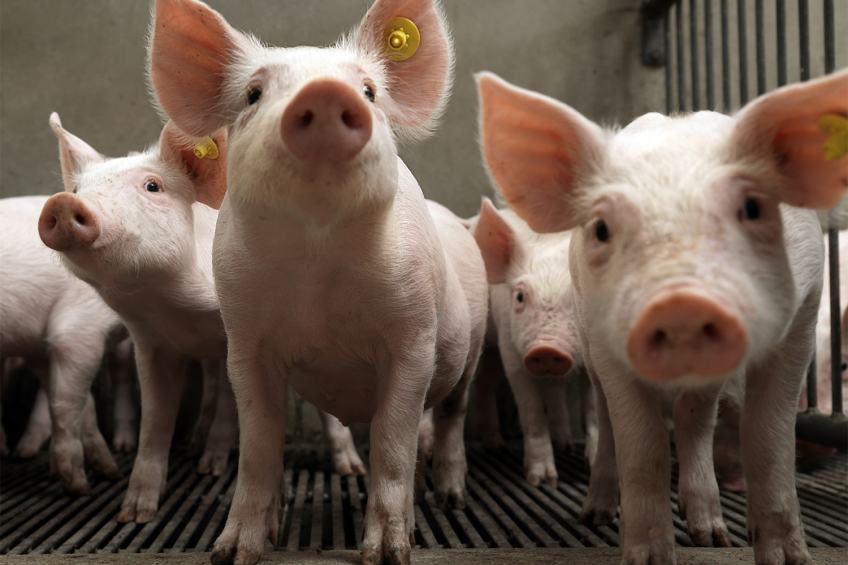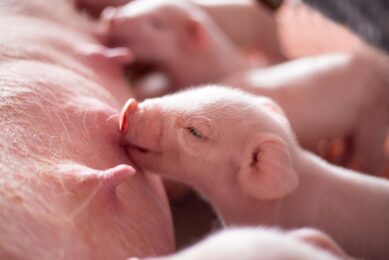Feed technology to improve feed intake

A good feed intake is crucial to maintain gut function and growth performance of weaned piglets. Knowledge on the processing of cereals and its effect on feed intake is therefore of utmost importance for Nuscience in its development of the Porcito prestarter diets for piglets.
Around weaning, the piglet is subjected to a high level of stress: it is separated from its mother and littermates, it is transferred to a new environment and mixed with unfamiliar piglets, it has to change from a liquid diet (sow milk) to a dry feed, etc. Associated with weaning are dramatic changes in the structure of the small intestine, such as a reduction in the villus length and an increase in the crypt depth.
These changes in gut integrity cause a decrease in the digestive and absorptive capacity of the small intestine. In a study of Hampson (1986), it was reported that the villus height at weaning reduced to 75% of the pre-weaning values within 24 hours. Furthermore, the epithelial barrier function gets compromised, leading to a “leaky gut”, with an increased permeability for bacteria and allergenic compounds.
Eating around weaning
It has been proven that a continuous supply of nutrients after weaning prevents the detrimental changes in gut structure and function (Pluske et al. 1996). So it is of utmost importance that piglets start eating within 24 hours after weaning. However, Bruininx et al. (2002) showed that some piglets take more than 48 hours to consume their first post-weaning meal. Furthermore, a good early feed intake is also crucial for the piglet growth and feed intake during the whole rearing period. Therefore, Nuscience pays a lot of attention to optimise feed intake of young piglets in its Porcito prestarter concepts, emphasising the importance for both performance and maintenance of the intestinal integrity and functionality.
Extrusion promotes preference
The piglet’s preference for certain raw materials will definitely affect their feed intake. So for Nuscience, it is important to apply the knowledge of raw material preferences in its piglet prestarters. As cereals are the main source of energy in piglet diets, they play an important role in the palatability and acceptance of the feed by weaned piglets. Already in 2009, a study of Solà-Oriol et al. demonstrated that the piglet’s preference for cereals depends both on the type of cereal and on the processing. It was concluded that extrusion of cereals improved the preference of the piglets for the tested cereals (Figure 1).
Figure 1 – Cereal preferences in piglets. Significant differences are denoted with an asterisk, P < 0.05 (redrawn after Solà-Oriol et al., 2009).
Preference and nutritional value directly related
However, why do piglets prefer extruded cereals? Is it just a matter of taste or is the higher nutritional value of extruded cereals the reason for their higher preference? As extrusion improves the nutritional value of cereals, the preference of piglets for extruded cereals may be linked with its improved nutritional value. This has been confirmed by a study of Solà-Oriol et al. (2014), who observed a direct relationship between the cereal preference and the improved digestible starch content following extrusion (Table 1).
Nuscience always pays a lot of attention to the choice of raw materials used in its dietary concepts for piglets, as both source and processing of cereals will affect the piglet preference for cereals and thus feed intake of young piglets.
References available on request












